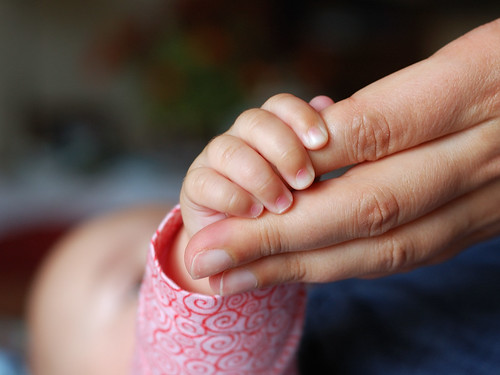Fujiwara, T., Barber, C., Schaechter, J., & Hemenway, D. (2009). Characteristics of Infant Homicides: Findings From a U.S. Multisite Reporting System PEDIATRICS, 124 (2) DOI: 10.1542/peds.2008-3675
The study reports on 72 cases drawn from the National Violent Injury Statistics System. The system was developed to provide detailed information from multiple sources--death certificates, coroner/medical examiner reports, police reports, and crime laboratories--to be used for public health research. The purpose of this study was to describe features of different types of infant homicide (under age 2) to inform prevention efforts.
Three-quarters of infant homicides were due to beating/shaking by a caretaker (Type 1). The perpetrator was most often the father (43%) or the mother's boyfriend (30%). In almost all cases, emergency medical treatment was sought by either the abuser or another household member. The authors conclude that Type 1 homicides are impulsive and largely unintentional in nature. However, in most cases there was evidence of prior physical abuse. Their recommendations for prevention are early identification of child abuse and education directed at male caretakers.
In contrast, most Type 2 homicides were committed by women (69%), were intentional, and no medical treatment was sought. The deaths were related to domestic violence, psychosis, other crime, or occurred within 24 hours of birth. There were too few cases of each kind to draw conclusions useful for prevention. A larger study would be needed.
Of note, nearly half of the Type 1 homicides were caused by shaking. Young adult males with little or no experience can find it difficult to care for a baby that continually cries. Some will shake a baby out of frustration and anger to stop it crying without realizing the damage shaking will cause. Not all shaken babies die, but survivors' injuries may include severe brain damage, blindness, learning disabilities, and physical impairments.
One hospital-based prevention education program directed at both parents has been successful in reducing the number of cases, and the program has been replicated elsewhere (Upstate New York Shaken Baby Syndrome Education Program). The basic elements of this and other prevention education are to raise awareness of injuries caused by shaking and teach caretakers how to soothe a crying baby and cope with their own frustration.
For more information: The National Center on Shaken Baby Syndrome
--
This post was featured in Grand Rounds Vol. 5 No. 51, comes to Paramedicine! « Medic999

I wonder how many cases occur in many-children houses where older children are given care of the younger... if young adult males cannot be patient how can a 12 year old?
ReplyDelete